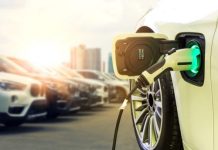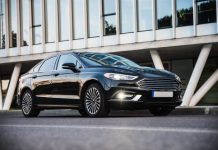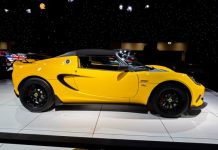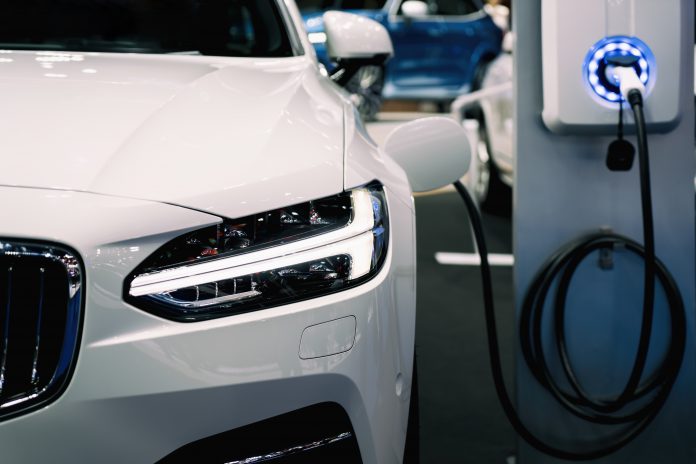With the focus on climate change, the benefits of electric cars are being more obvious; quiet, clean, inexpensive to run and relaxing to drive. Popularity is growing – and with technology advances and falling prices, the environment is welcoming more people making the switch to zero-emissions motoring. I’ve recently started looking to purchase an electric scooter to reduce my impact on the environment, and electric vehicles are definitely the way forward.
You too may be thinking of switching your diesel or petrol car and buying an EV or Hybrid in the near future.
As a side note, when we were discussing the electric vehicle market before, many were surprised at what consumers were willing to pay for a car that had a range of more than 150 km. The price of an electric car is currently very competitive and this is no doubt driving demand and the ability to afford the vehicle. The new VW E-Golf Electric GTE: the Electric GTE Concept. It was evident from the start that Volkswagen has a good grasp on how consumers will react to electric vehicles and how to use the new E-Golf as an example of that. The electric GTE is a car that does away with the combustion engines of yesteryear (diesel) and is based on the VW e-Golf as well. The new VW electric vehicle is called the E-Golf and a version of the e-Golf has been revealed to the media.
Like the BMW i3 , the BMW i3 has been revealed and a version of the new car has been launched with the new model going on sale in the UK later this year priced at £37,000. The new BMW i3 electric car is powered by a plug-in version of the M8 electric motor and has a range of around 500 miles. To put this in perspective, the current production-version BMW i3 is only 200 miles. The BMW i3’s electric motor is able to achieve a top range of 500-mile range for a plug-in car and is, therefore, a good example of how EVs are going to change transport for the masses. A conventional car that uses a battery pack to generate electricity to power the drivetrain of the vehicle, EVs generally use the kinetic energy that a driver can store in their bodies to power the vehicle. The driving position is now also in the hands of the driver so it is imperative that Tesla and other brands are able to offer customers the best value for their money.
The new VW i3 was unveiled at the Frankfurt Motor Show and will be available on the UK market from the end of July. The car will cost about £38,300 (including the battery). It should be made available later this year with prices starting from £45,500. For those thinking about purchasing a new VW Golf after a recent visit to Munich, the German brand decided to add a hybrid version of the Golf to its lineup. This is the VW e-Golf Hybrid: a hybrid version of the Golf with a motor from a battery pack.
How Electric Vehicles’s Differ From Petrol Driven Cars
Electric vehicles use different fuel to gasoline-powered vehicles which have been on sale for over 50 years. However, it’s not really the same. In the past petrol-powered vehicles had an internal combustion engine (IC) which was much less efficient than the battery. That meant the car had to run twice as much fuel. To improve fuel efficiency, car manufacturers decided to produce a small internal combustion unit (ICE) – a small engine that uses a smaller fuel mix, making the car run twice as much. In most cars, you still get two major engines, an engine that powers everything on the car (usually called a V8), and a battery/chargeable energy battery.
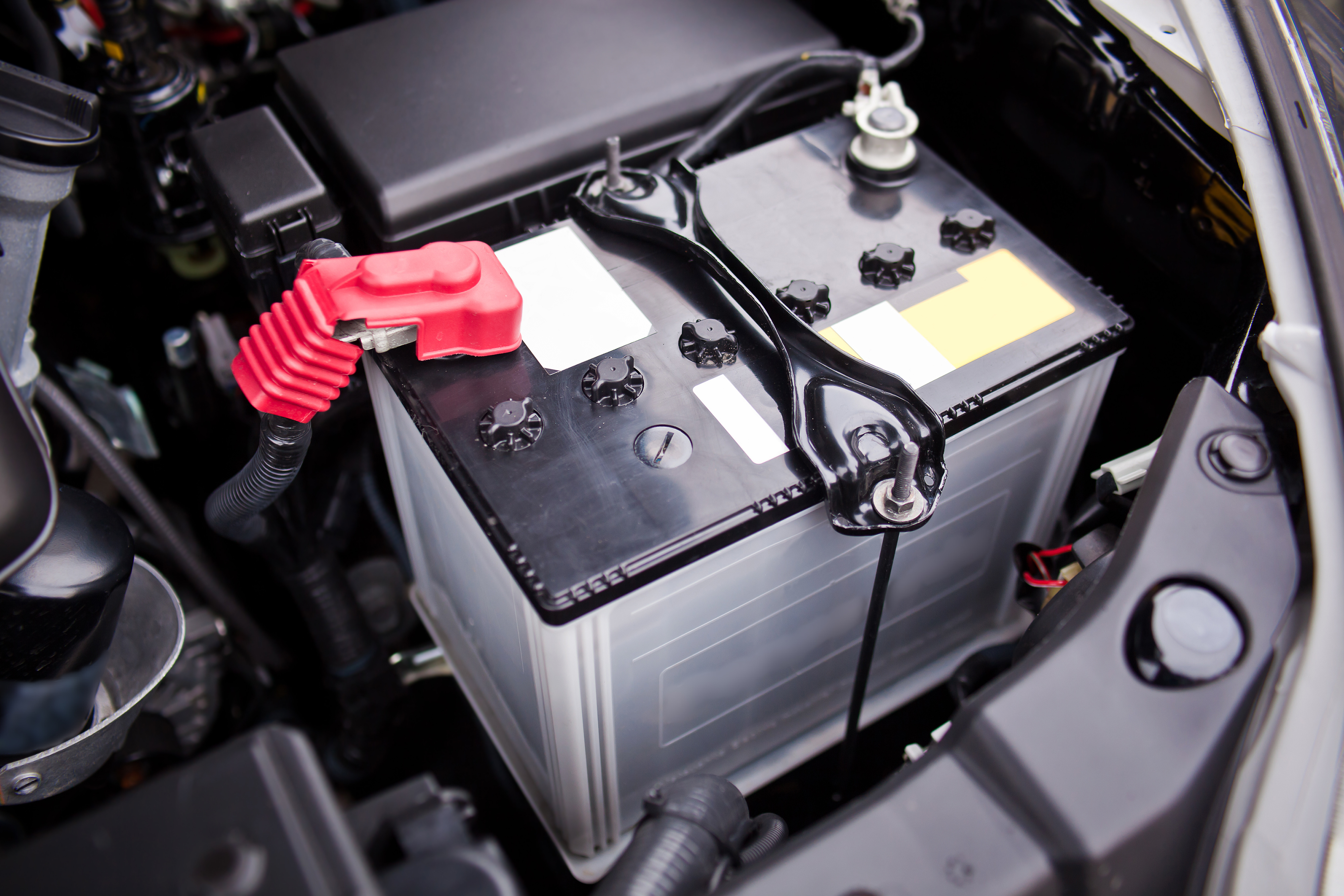
These two parts sit on top of one another and power the car; while still working as a separate unit to help boost efficiency and minimize the number of trips, which the fuel used for powering both engines requires. The ICE is where all the efficiency is realized – it’s where the fuel is extracted from, where it is condensed and where it is compressed – this is what results in the ‘gasoline’ (or battery) look. The battery that powers the car, the ones in your pocket or car, is called a battery charger; it does all the heavy lifting and is used to charge the battery, along with giving electricity to the motors that power the car. While there are two battery types, they are generally quite similar with just a few differences and we’ve picked out five of the biggest differences to help explain their purpose. Tesla Motors Model S – This is the most popular electric car in the world, and is a Tesla Model S with a top speed of 215 mph. (source: Tesla) Battery Size vs CapacityElectric batteries has grown in size from around 25-kilowatt-hour hours (kWh) in the 1970s into the range of more than 100 kWh today – making battery size almost synonymous with a car – or really any other vehicle that runs on electricity or runs on petrol in that case.
We’d like to note that most batteries used in cars can run on the same range of fuel, but are typically larger. Tesla Model S battery. If you’re just getting into electric vehicle ownership as well, you won’t have to make too significant changes to the batteries you have already. For the most part they have the same capacity as when they were first manufactured; they may only have half that capacity, however. For many people, this is a little disappointing. And of course some people might feel more comfortable with petrol cars as they are more experienced under the hood. The good news is for those that like home repairs, there are workshop repair manuals available to find your way around.
















